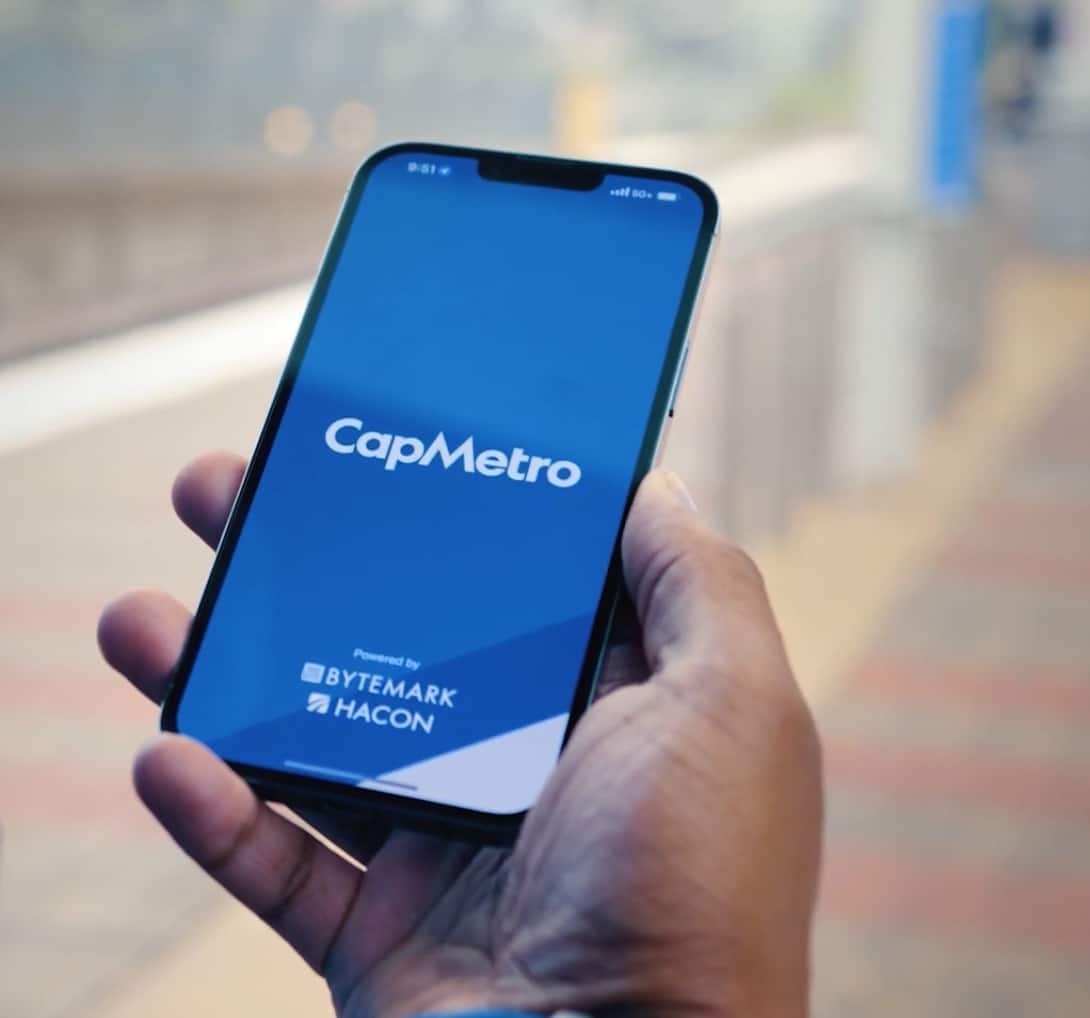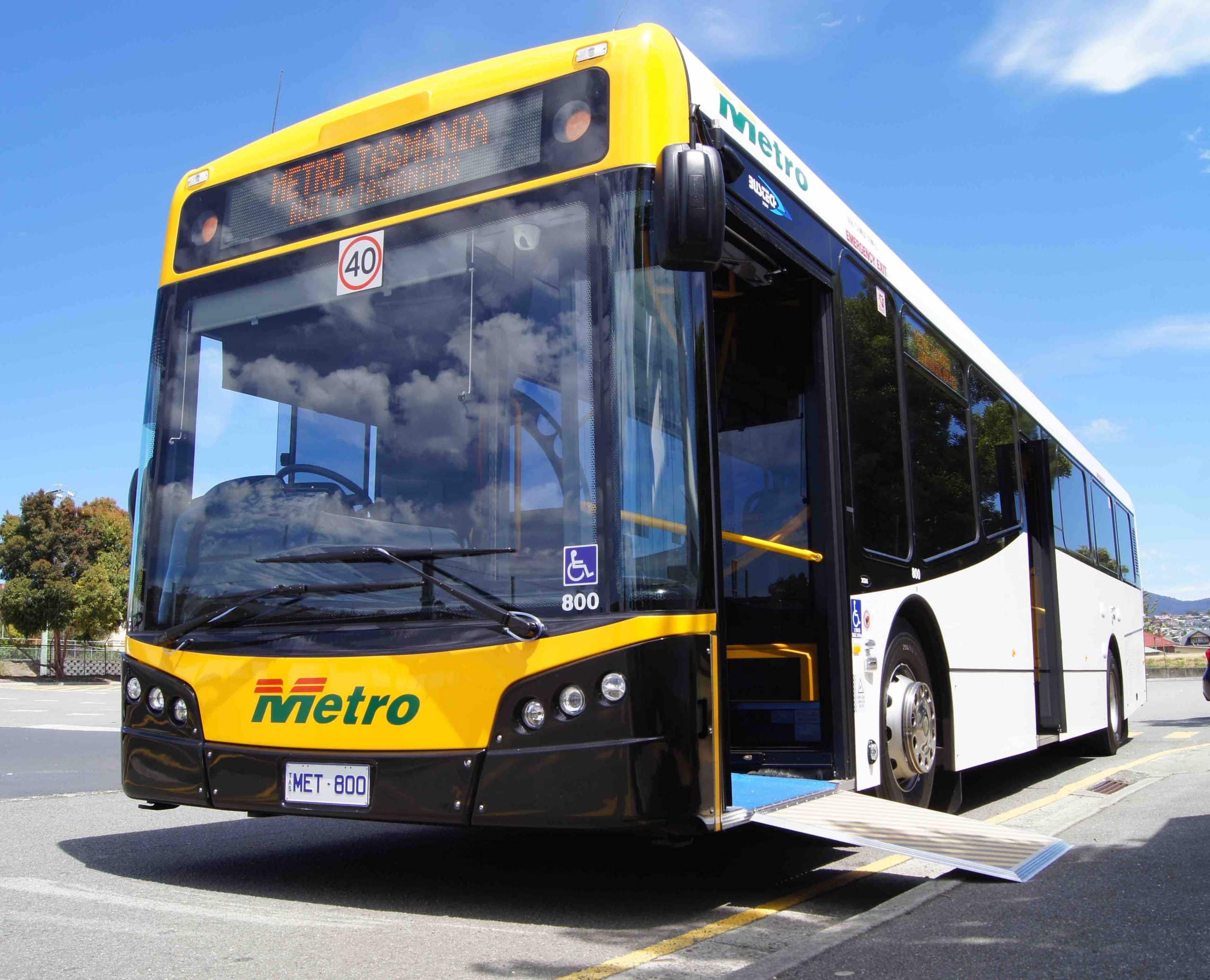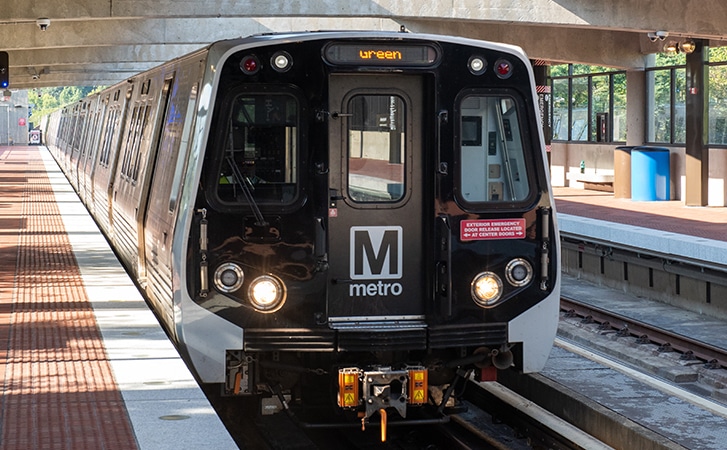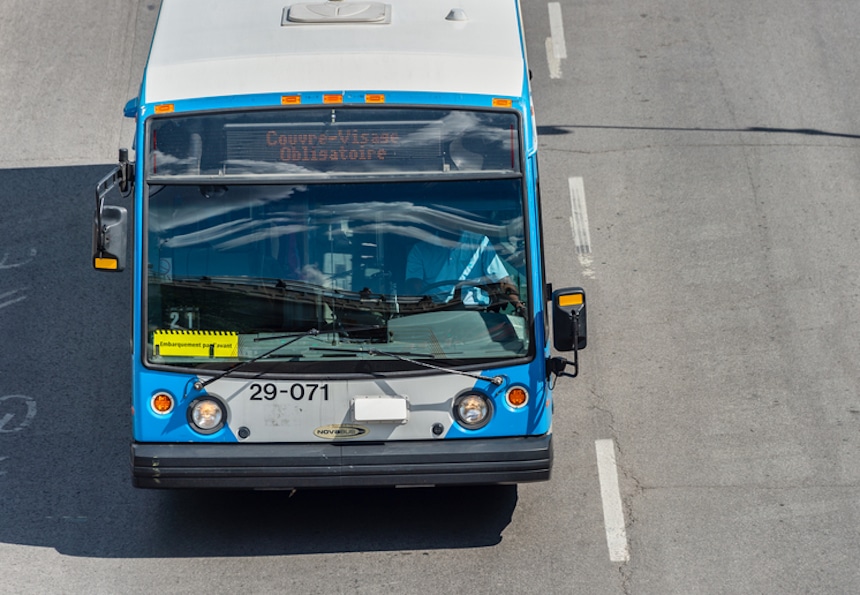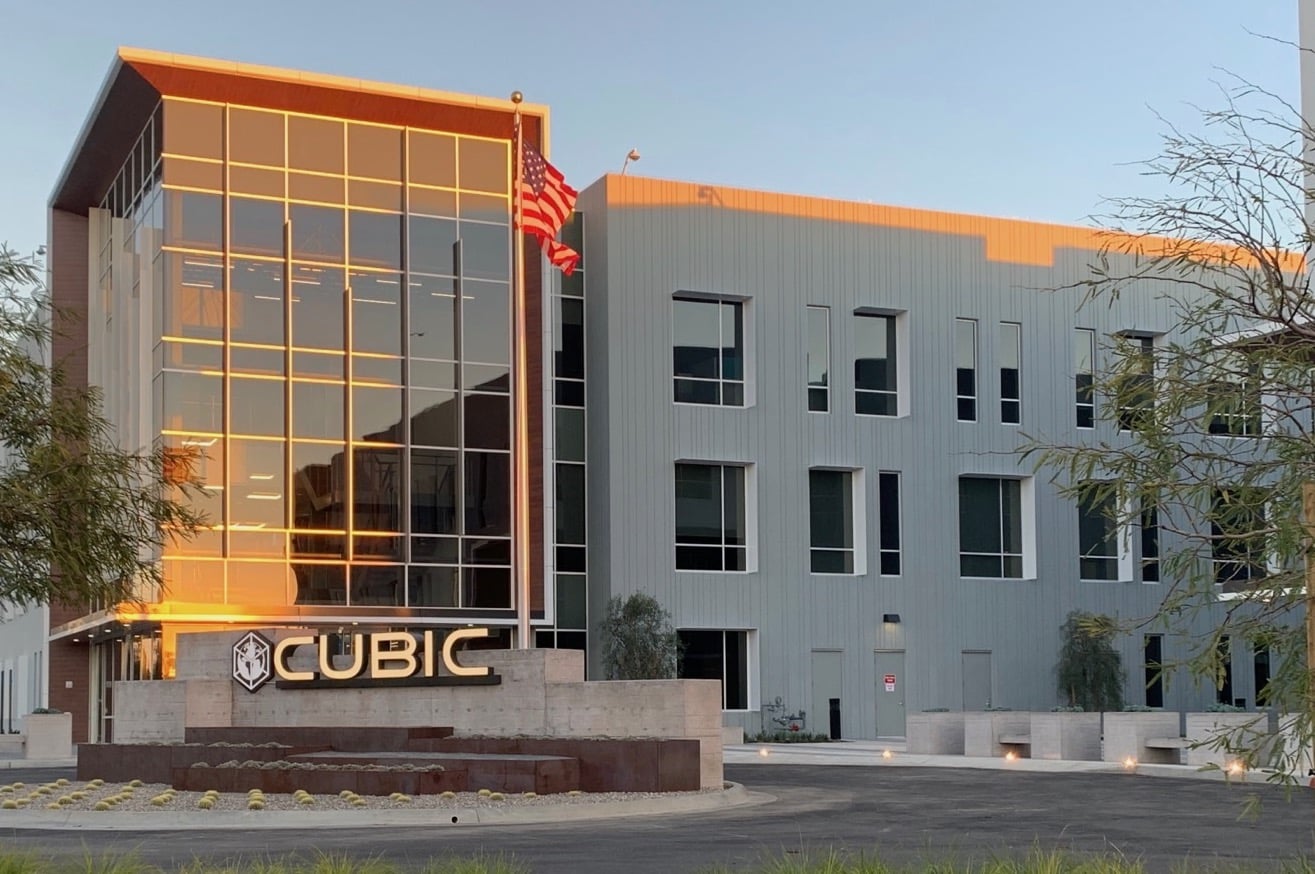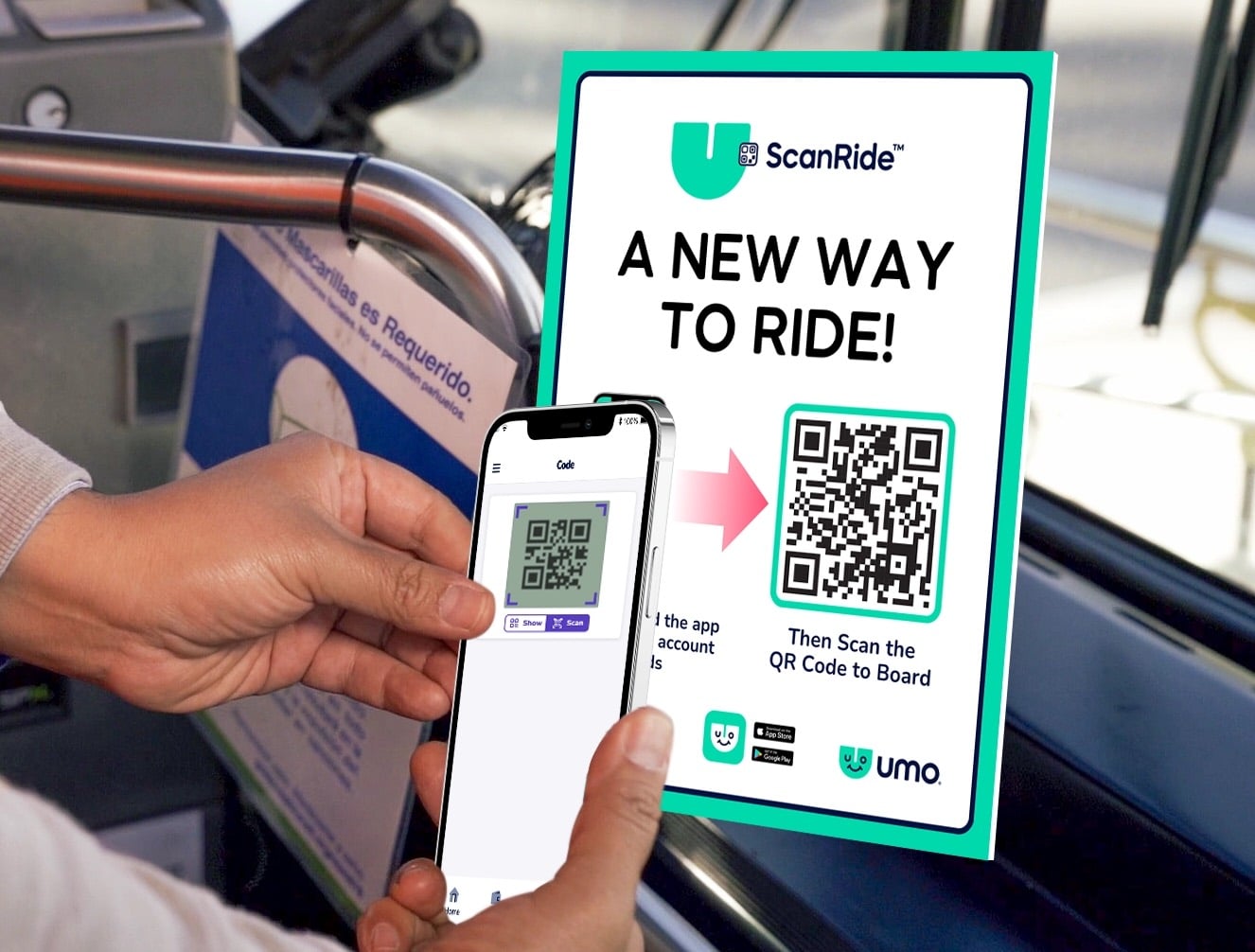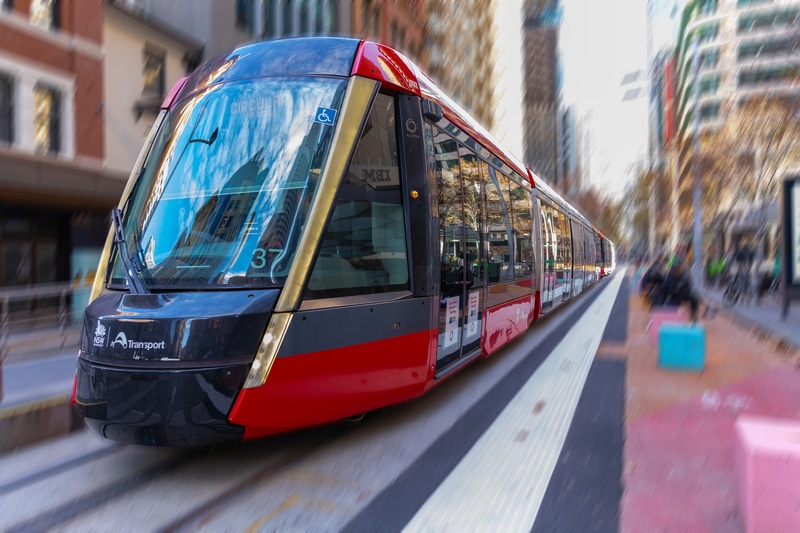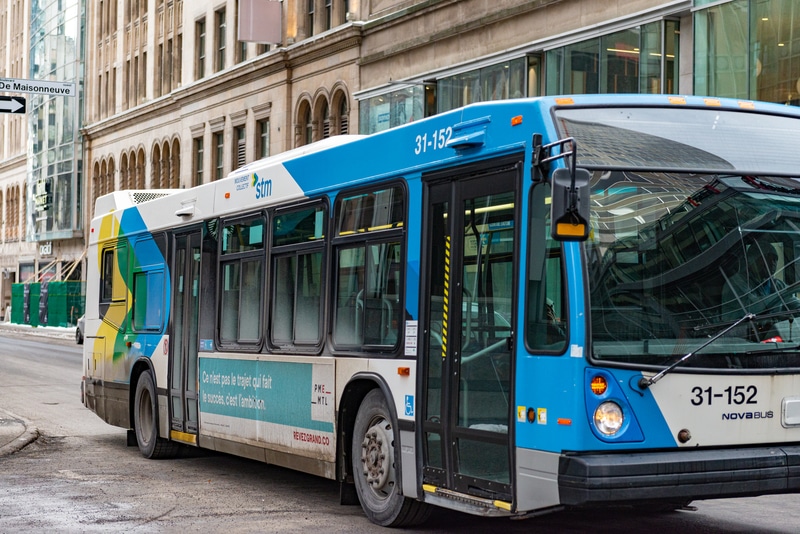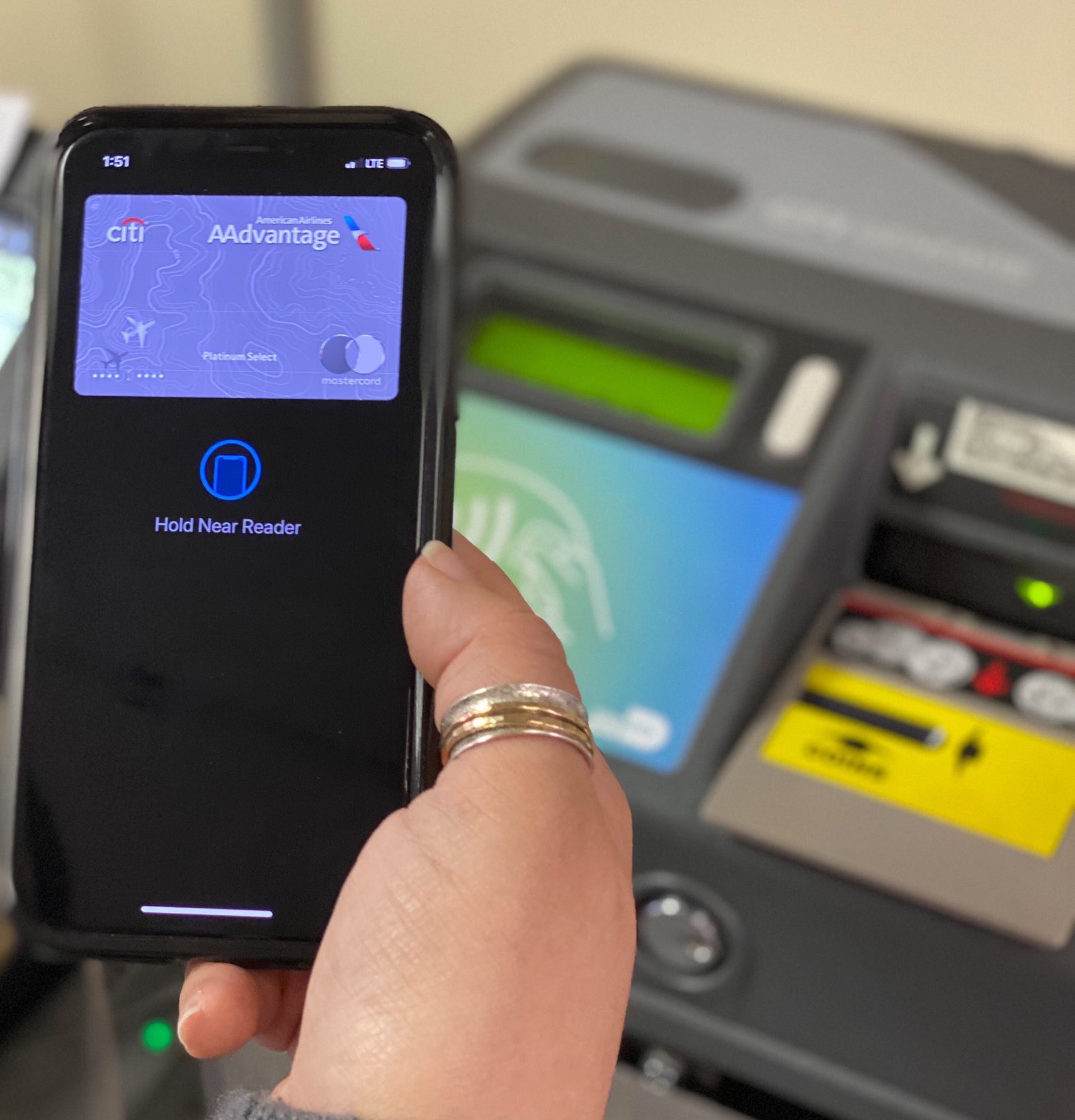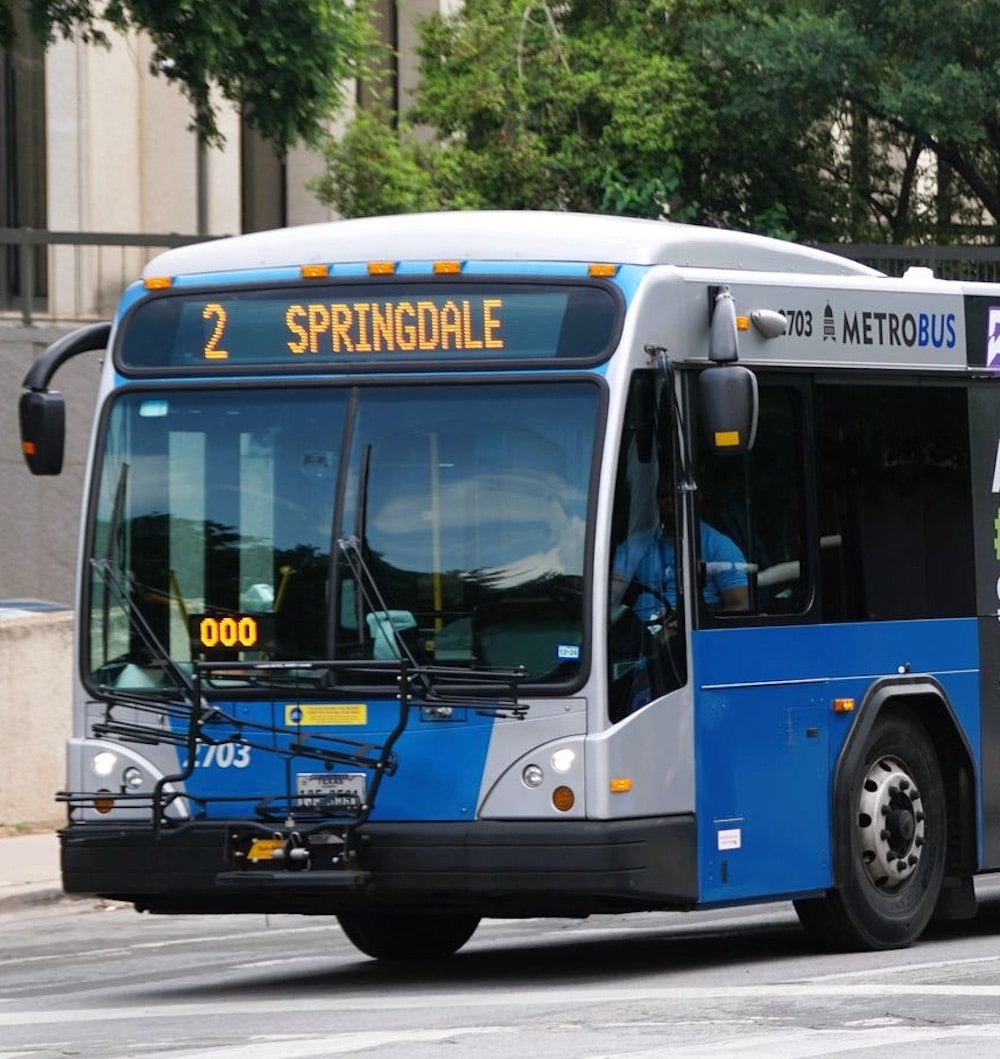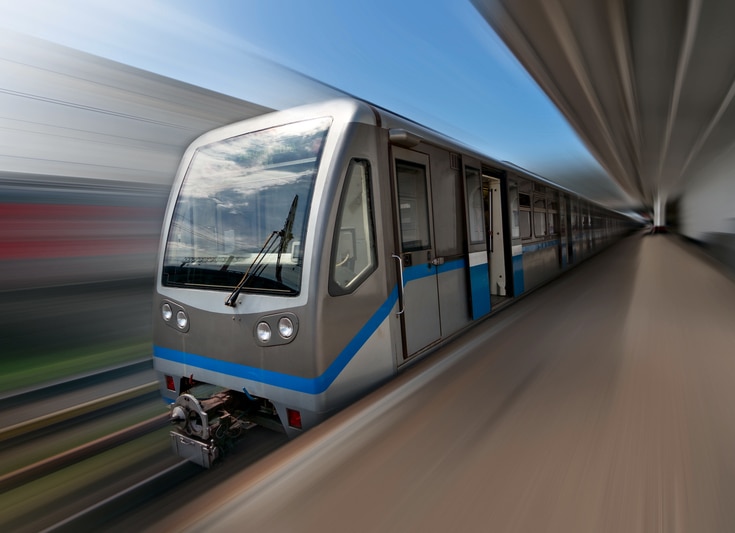
Article Highlights
Moscow Metro has been testing facial recognition technology to enable customers to pay fares and plans to roll out the technology by year’s end. That is despite the fact that tests have shown masks can sometimes increase verification times significantly.
The Face Pay system takes one to two seconds to recognize the passenger and about two more seconds to make the payment and open the turnstile. However, if users are wearing a mask, it can increase the time it takes to recognize the user to three or four seconds. That five- to six-second total transaction time compares with 800 milliseconds for users of the agency’s closed-loop Troika card.
• Moscow Metro
• Guiyang Urban Rail
• São Paulo Metro
Moscow Metro announced that it is officially testing facial recognition-based fare payments at turnstiles, with plans to roll out the technology by the end of the year.







